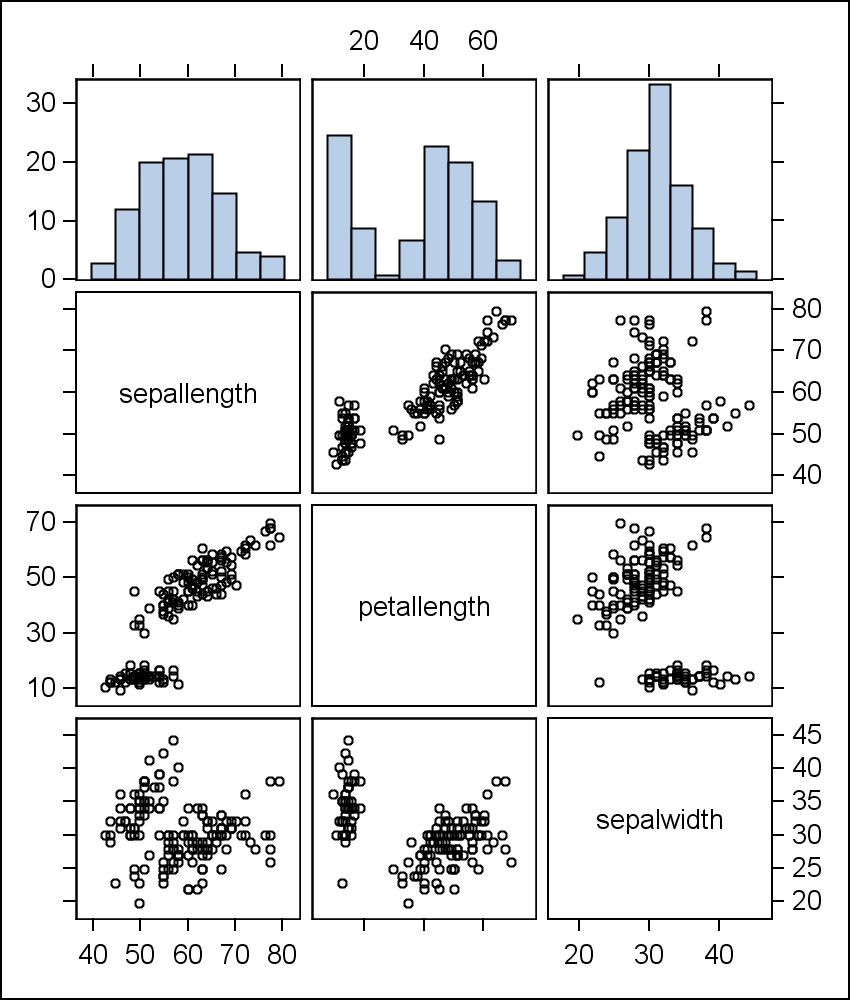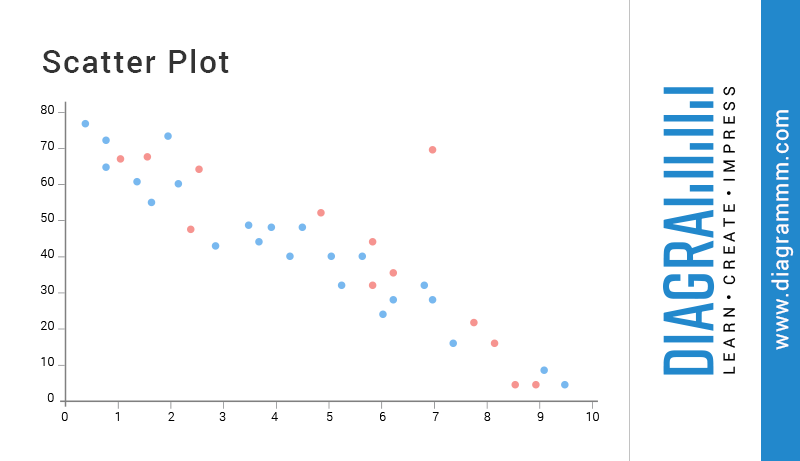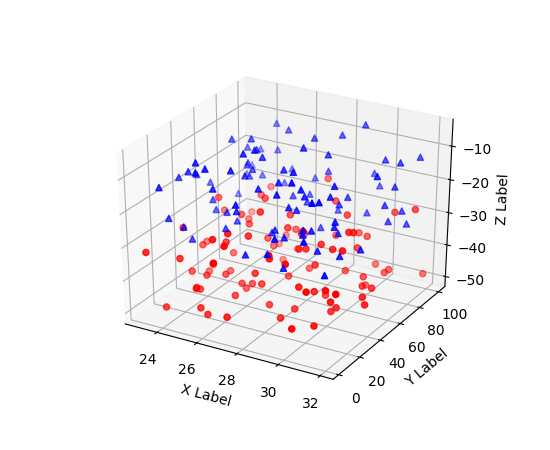

This overlap can become so severe that it is impossible to perceive the number of points in a given region of the scatter plot. Overdrawing occurs when the glyphs that are used to visualize data points overlap.

Unfortunately, scatter plots become less effective as the overlap within points increases. These properties make scatter plots good for exploring data sets and communicating interesting findings.

Additionally, scatter plots offer a means for comparing different data sets when plotted on the same axes. They can make outliers easy to identify because regions with higher density of points will be grouped perceptually. Scatter plots can display data trends and correlations between any two dimensions. SCATTER plots are a simple, intuitive and natural way of visualizing two dimensional point data. We show how splatterplots can be an effective alternative to traditional methods of displaying scatter data communicating data trends, outliers, and data set relationships much like traditional scatter plots, but scaling to data sets of higher density and up to millions of points on the screen. We present techniques that leverage the GPU for Splatterplot computation and rendering, enabling interaction with massive data sets. The resulting visualizations represent the dense regions of each subgroup of the dataset as smooth closed shapes and show representative outliers explicitly. We combine techniques for abstraction with with perceptually based color blending to reveal the relationship between data subgroups. Abstraction automatically groups dense data points into contours and samples remaining points. To address these issues, Splatterplots abstract away information such that the density of data shown in any unit of screen space is bounded, while allowing continuous zoom to reveal abstracted details. Overdraw obscures outliers, hides data distributions, and makes the relationship among subgroups of the data difficult to discern. Traditional scatter plots suffer from overdraw (overlapping glyphs) as the number of points per unit area increases. # Load Abalone Shell Data import pandas as pd df = pd.read_csv('', header=None) names = df.columns=names # Take subset of data for scatterplots df_sub = df # Change figure size plt.figure(figsize=(13,6)) # Create cool scatter plot sns.scatterplot(x=df_sub, y=df_sub, size=df_sub, hue=df_sub, sizes=(20,600), palette='Blues_r') # Give title title = 'Abalone Rings Scatterplot' plt.title(title) # Save graph plt.savefig(title, dpi=200) plt.We introduce Splatterplots, a novel presentation of scattered data that enables visualizations that scale beyond standard scatter plots.
#Scatter plots code#
Here is all the code together, with an adjusted parameter size=df to conclude with an original graph.

#Scatter plots how to#
In this article, you learned how to vary the size and color of your scatterplots using seaborn, with the added bonuses of trimming your dataset, using categorical columns, and optimizing image outputs. I love that the Infant Abalone Shells are very little in the above graph! Putting It all Together # Change figure size plt.figure(figsize=(13,6)) # Create cool scatter plot sns.scatterplot(x=df, y=df, size=df, hue=df, sizes=(20,600)) # Give title title = 'Abalone Shells Scatterplot' plt.title(title) # Save graph plt.savefig(title, dpi=200) plt.show() Here is Python code for the above implementations along with the png image downloaded from the Colab Notebook file folder to my local machine. (The ‘dpi’ parameter stands for ‘dots per inch’.) Use plt.savefig for a higher-resolution output with a title.Include more size variation with the sizes parameter inside sns.scatterplot.Make the plot larger with plt.figure(figsize) for more screen real estate while limiting the legend.The following improvements optimize seaborn scatterplots with minimal code. I prefer to strike a balance between visual appeal and efficient code. But the size variation is unclear, and the legend cuts off too much data. As you can see from the graph above, seaborn automatically includes an x and y label, along with a nice legend for hue and size.


 0 kommentar(er)
0 kommentar(er)
